The Blue Yeti is the mic I generally use for all my recordings, be it podcasts or video. But it’s big, and needs to be powered so lugging it around for on site recording , it is a lot bulky.
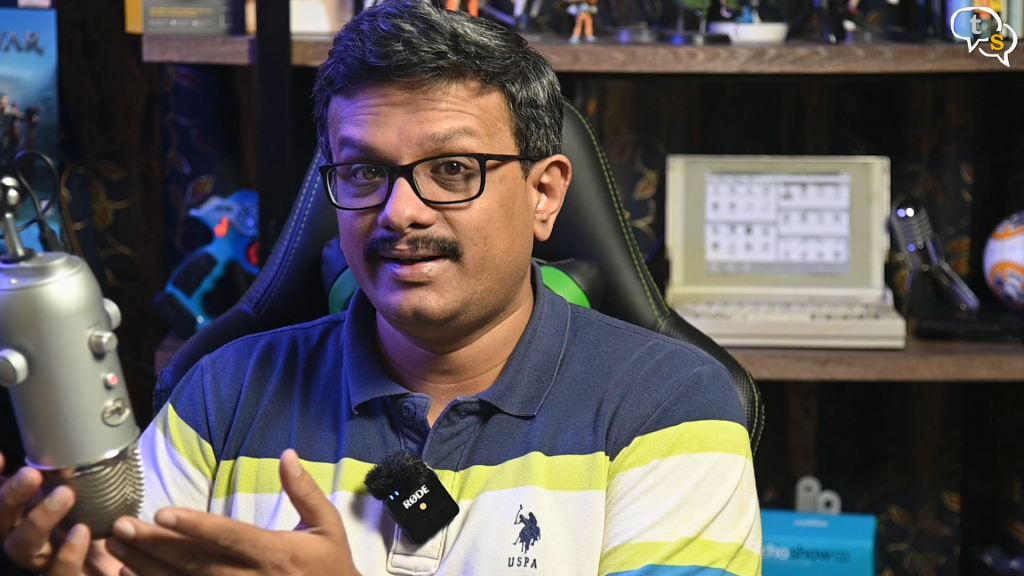
I needed an easy to use and versatile mic. So, here’s the Rode wireless-go a compact wireless microphone system. Is it good?
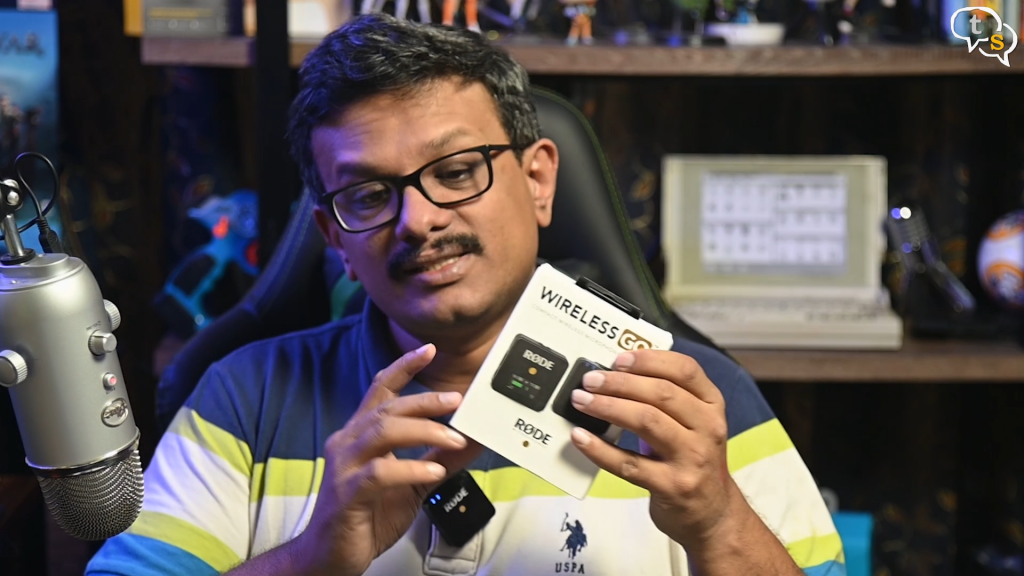
Here I have the Rode wireless go, a compact wireless mic system. Not only is this mic compact, but the transmitter has an omnidirectional condenser microphone built in. So if you forget to bring a lavalier mic to the set, you still can use this as a clip on mic.
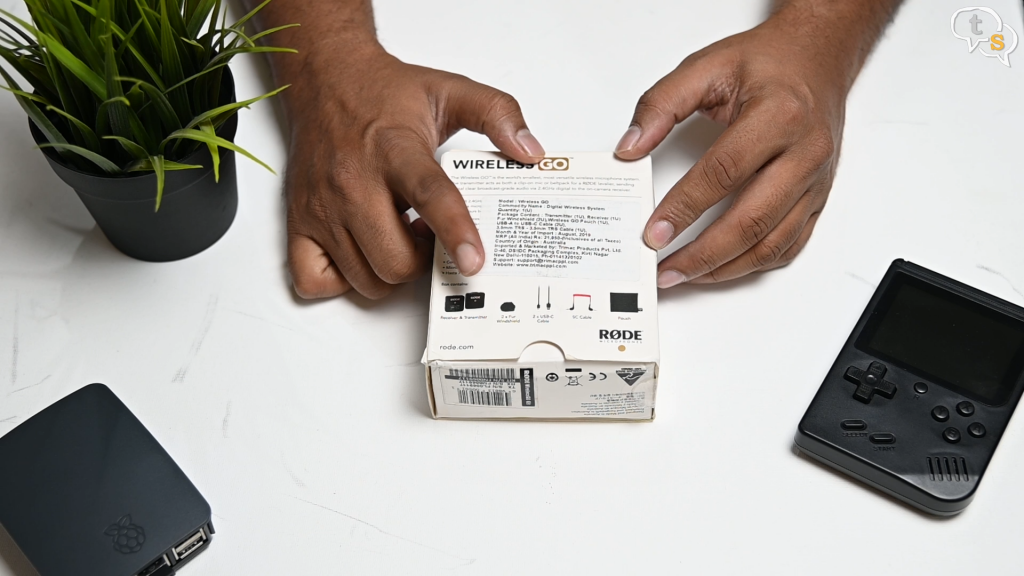
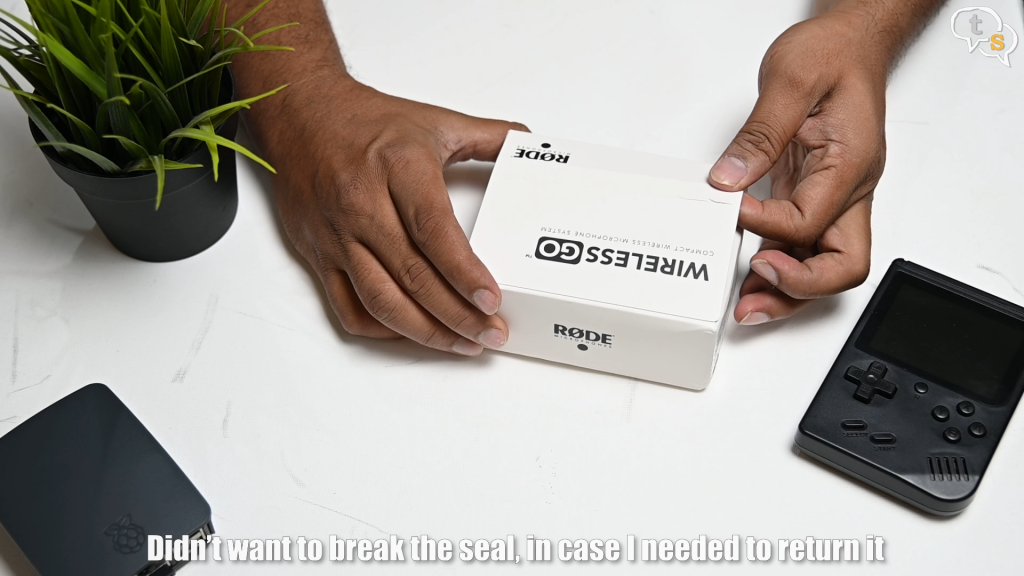
Let’s check out what we get in the box. You have this card seal here, that you pull open. But I’m going from the bottom, where there’s only a sticker.
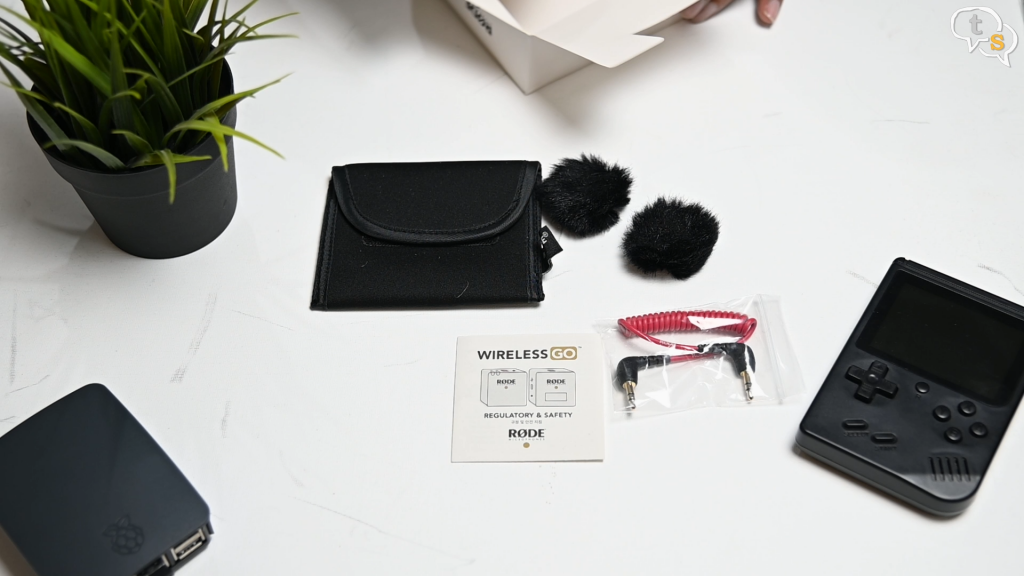
A nice little carrying case, so that your mics do not tumble around your camera bag.
An instruction manual, two dead cats as they are called, which generally are used to cut down on wind noise.
These being small, can be called dead mice. (Sorry to everyone who are queasy listening to this.)
Then we have a TRS 3.5 to 3.5 mm cable.
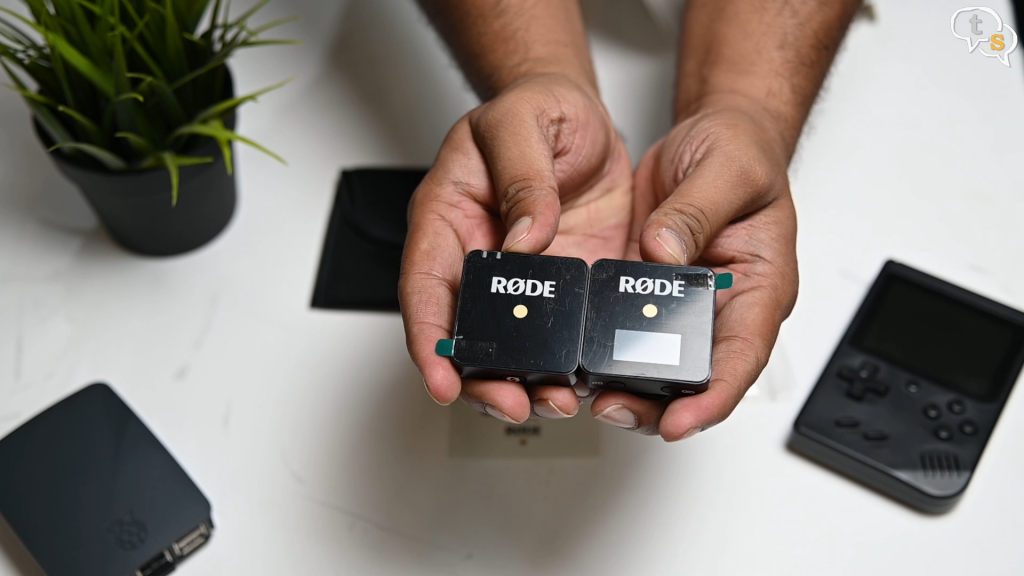
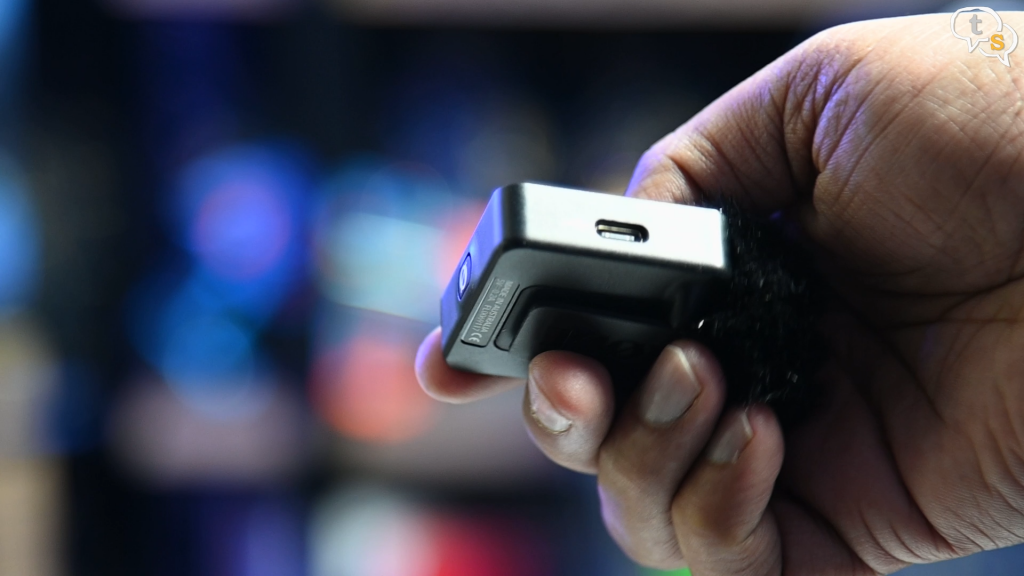
Here’s the transmitter, and its companion receiver. The mic’s use usb-c to charge, which as most of our devices are USB-C we have one in spare even if we forget the mic’s charging cable while travelling. We are provided with two cables, so that’s a plus.
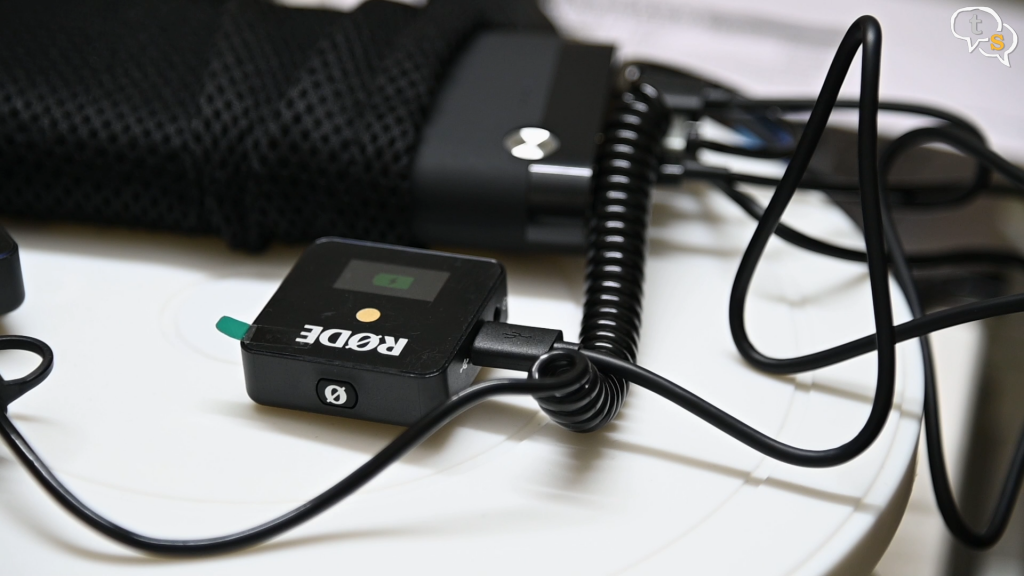
You can use a power bank to charge the mic’s which is great on the go, and they can run while charging.
The Wireless GO transmitter and receiver are each 1.7 x 1.7 x 0.7 inches, and weighs around 28 grams.

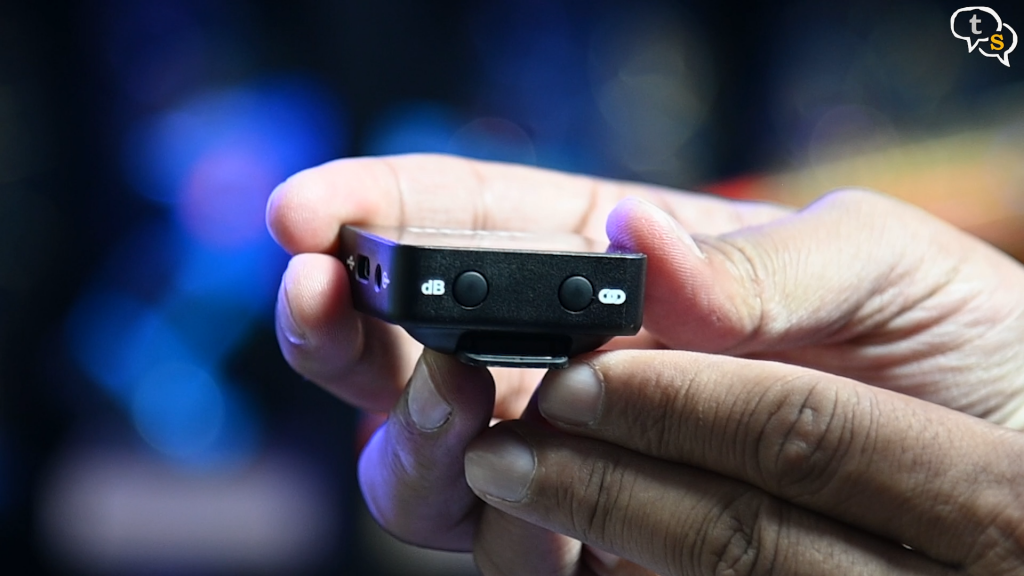
This is the receiver, it has a small color display on the top, a db setting and link button. The set comes pre paired, but if there are problems you can use this button to link up the devices again.
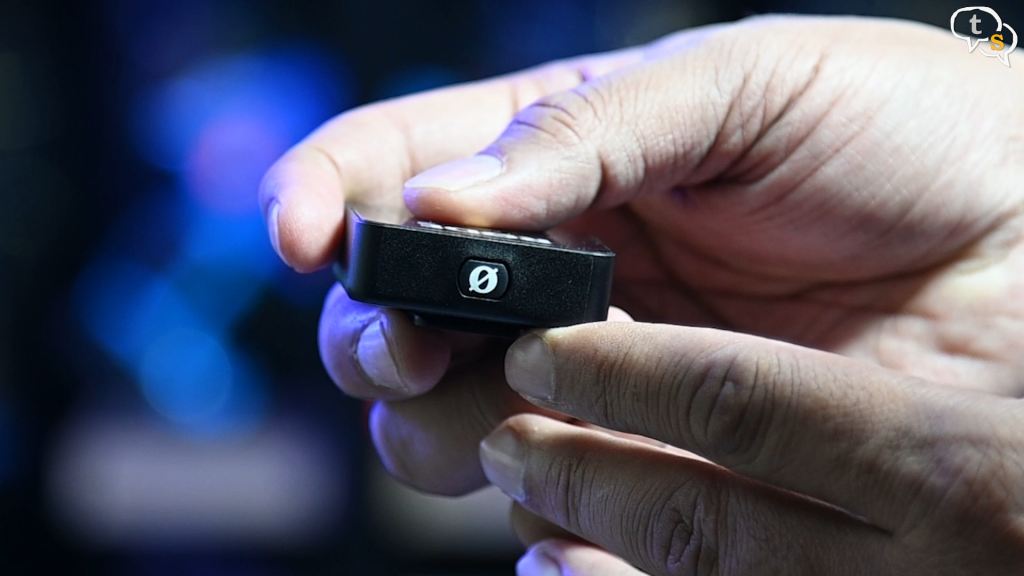
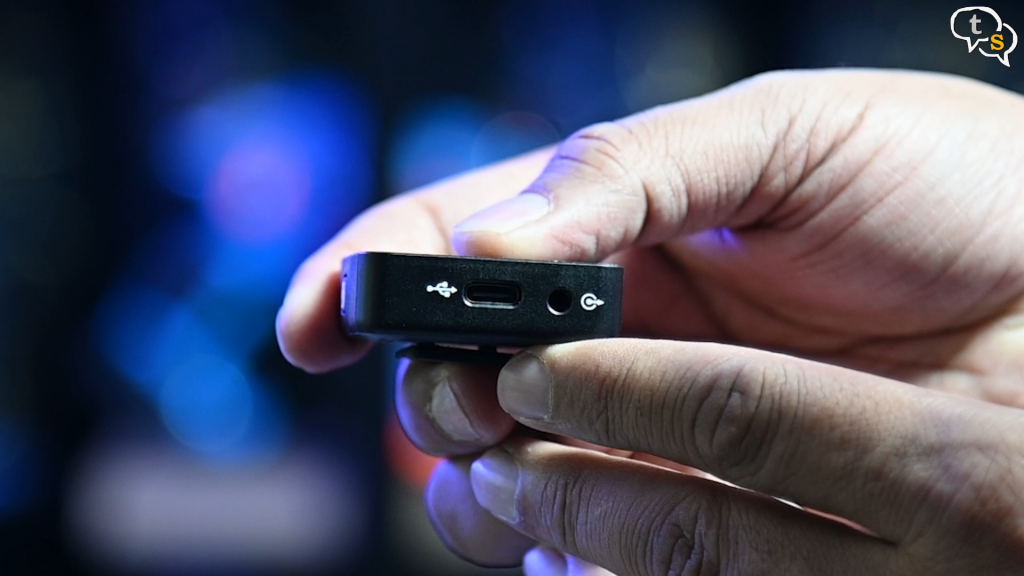
On the front we have the power button and turn away the usb-c charging port and a trs 3.5mm input jack.
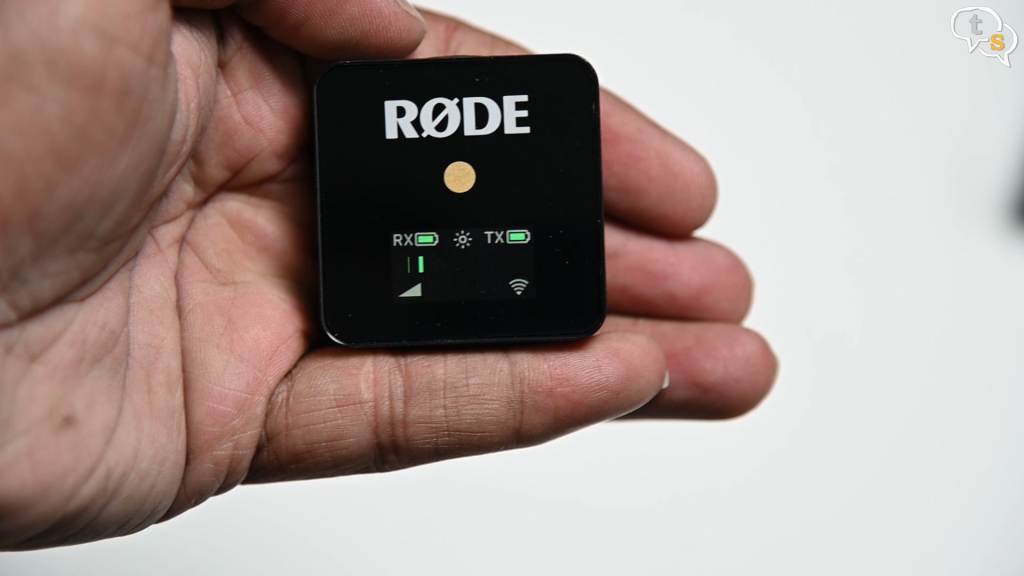
Let’s turn this on, the color display you can see the receiver battery level, the db setting to the bottom left and the sun symbol denotes the display brightness. As the transmitter is not active, its information is not displayed as yet.
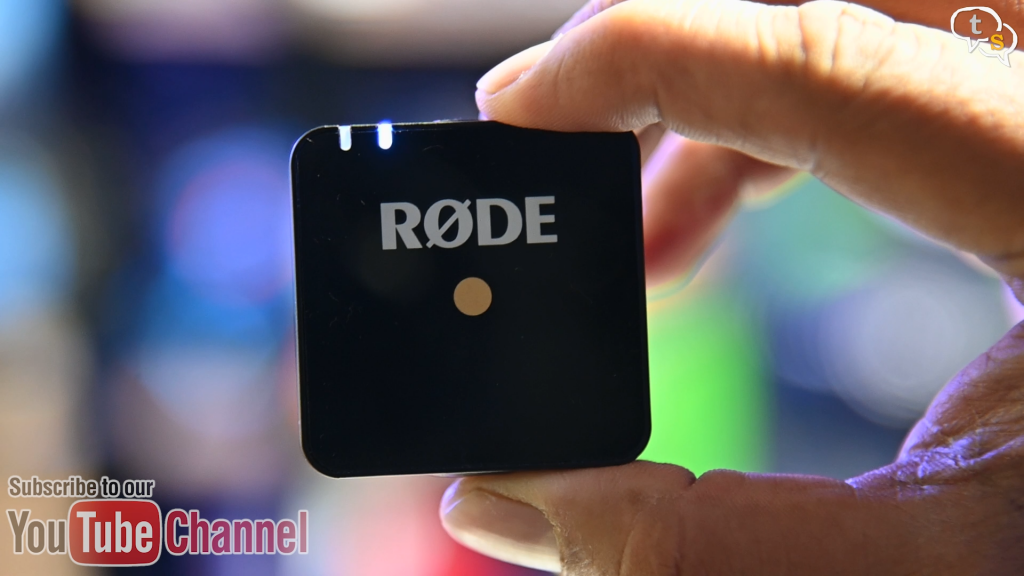
Now onto the transmitter, let’s turn it on so that we have the pair, connect.
The transmitter works on the 2.4 GHz band and has a range of 250 feet. We will test that in a bit.
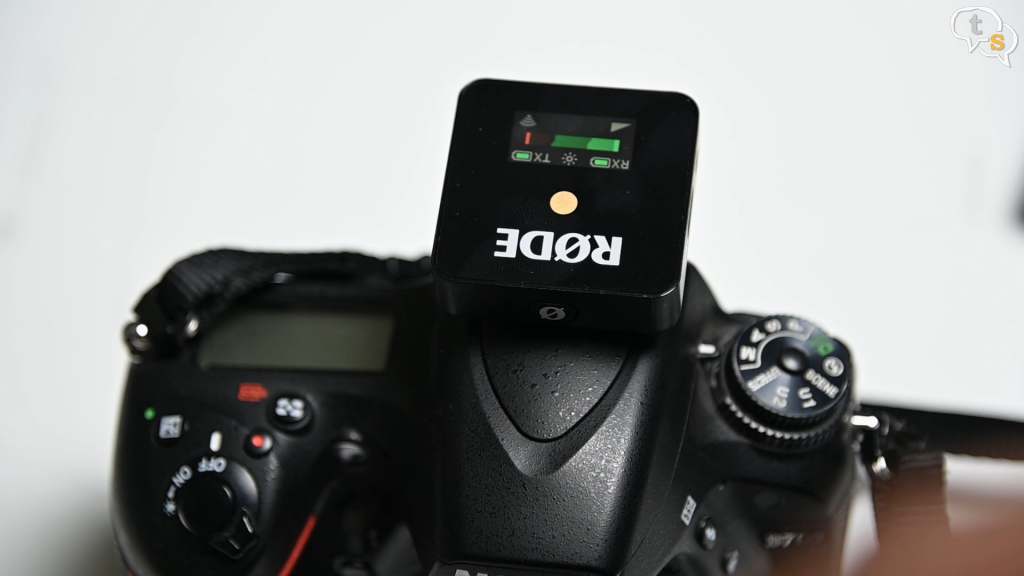
You can see the monitor levels changing on the receiver. The battery level of the transmitter is also displayed on the receiver, being the only screen for the two.
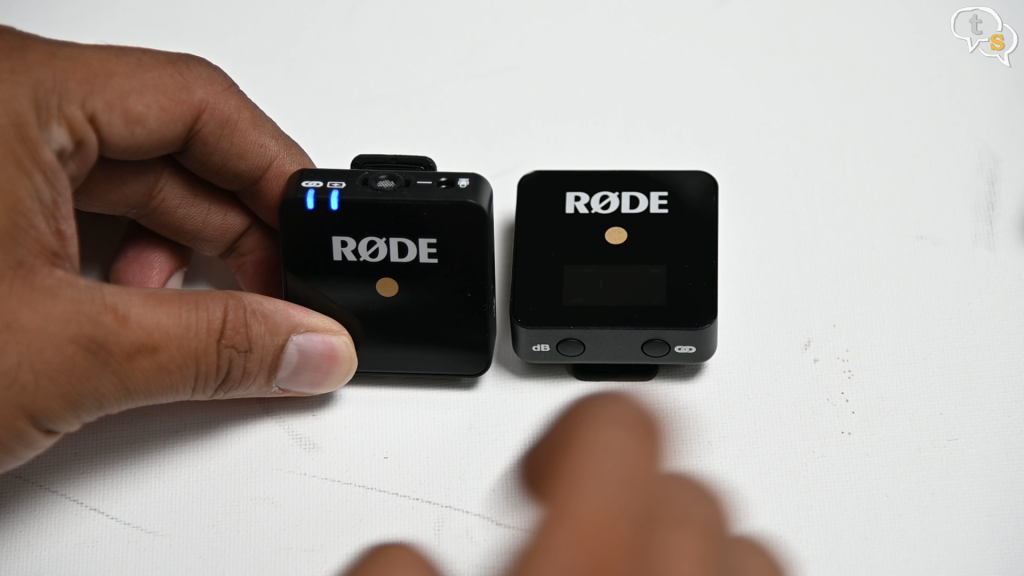
The transmitter only has these two blue LED’s, the left indicating link status which indicate that the devices are connected and the other is the battery on/off state.
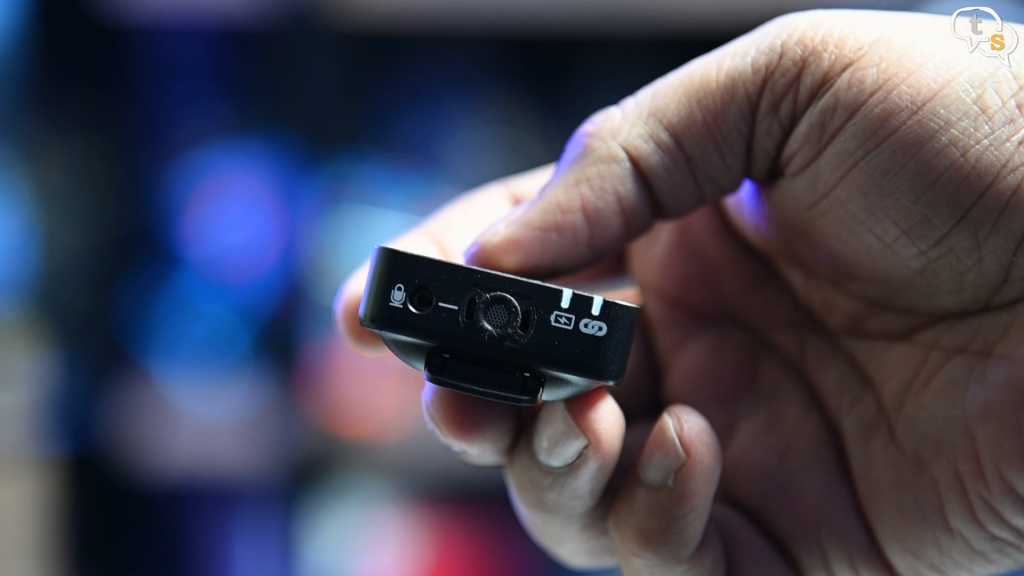
Next to that is the in-built omni directional mic and a 3.5 mm input jack.
Rode designed the transmitter with a pre-polarized and pressure-operated internal capsule that features an omnidirectional pickup pattern and frequency range of 50Hz to 20kHz.
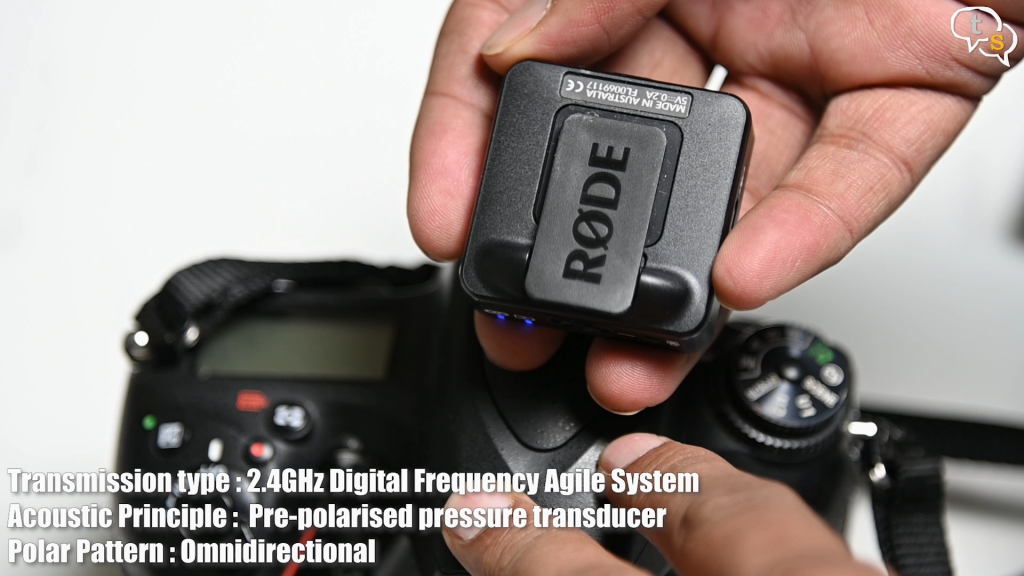
Both the transmitter and receiver have a clip, which Rode smartly designed to the right size so that it fits on the flash mount or hot shoe.
It’s a tight fit on my Z6, but that just gives me the confidence it’s not going to fall off easily.
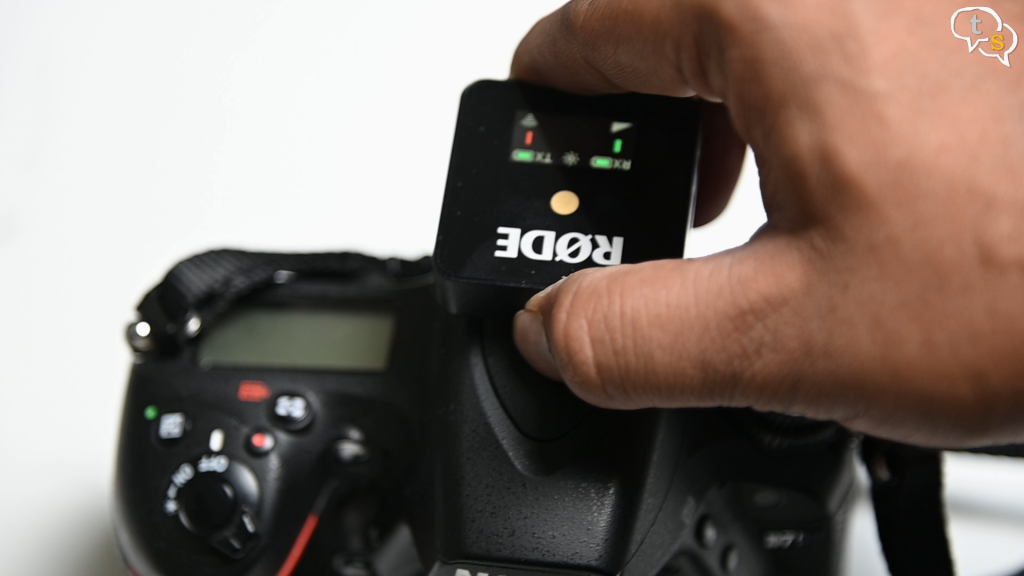
Now that the receiver is on the camera, and connected to the mic input port, we’re ready to test.
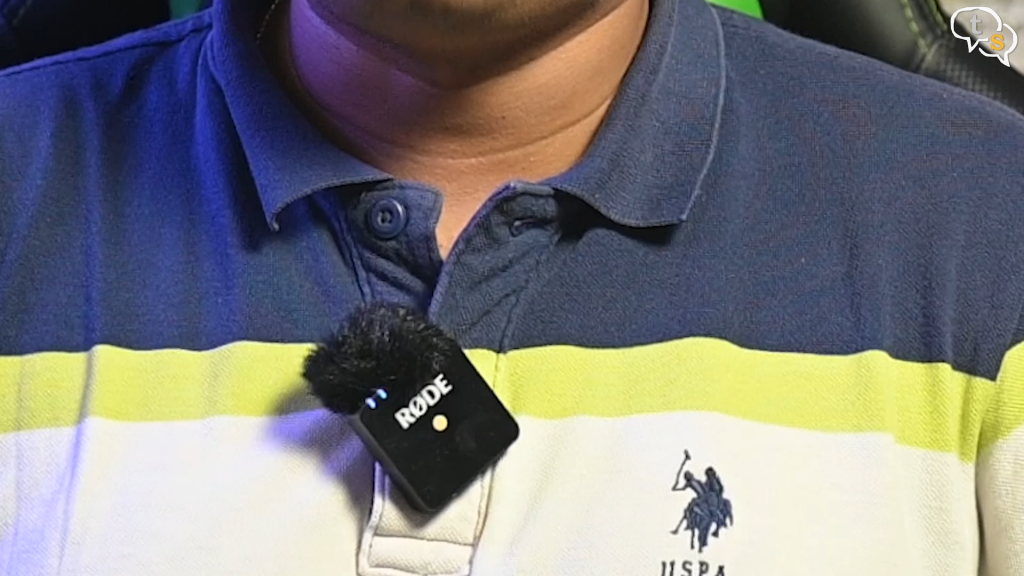
We can clip the mic onto our shirt, and when both devices are on they connect automatically.
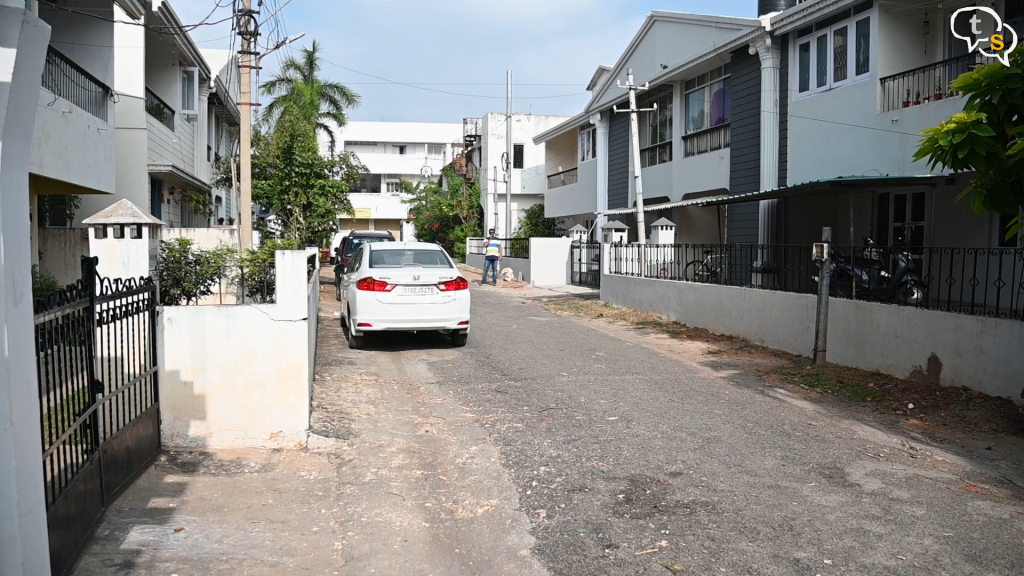
The 2.GHz system is quite good, and provides a range of 250 feet.
As most of our wi-fi routers run at 2.4 ghz, there’s a lot of chance for interference.
But this device with its ability to scan and shift channels to maintain the best signal helps keep a strong connection between the transmitter and receiver.
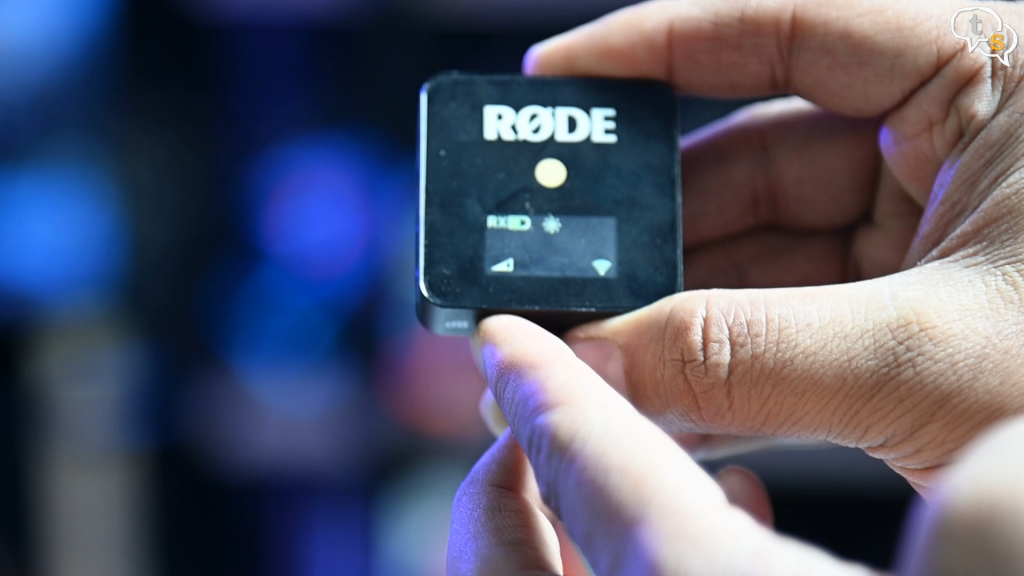
The receiver has a gain button, to change the gain between 0,-6db and -12db. The triangle on the lower left displays the setting selected. We can cycle between the settings by just clicking on the gain button.
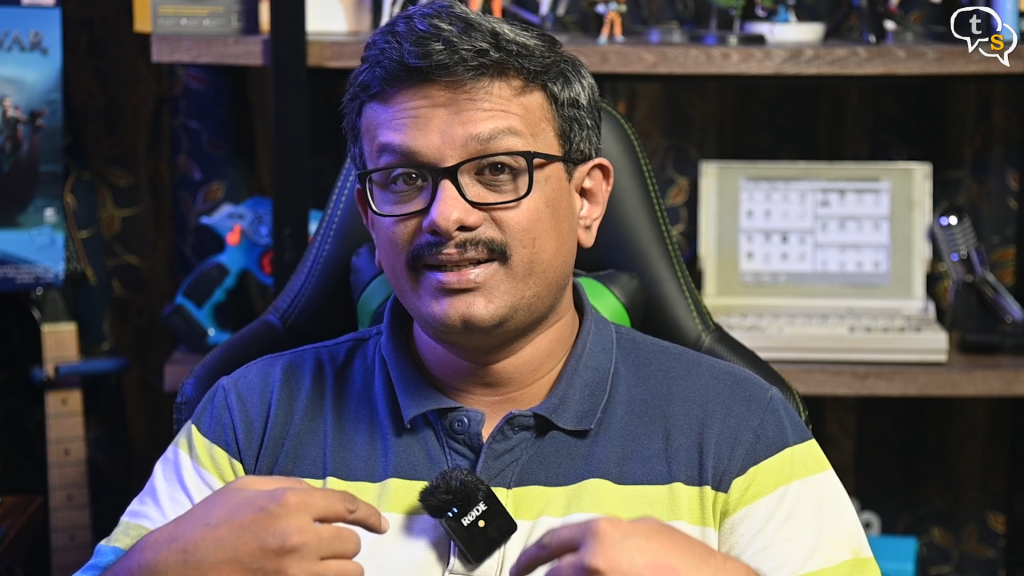
The transmitter can be clipped onto your shirt, like so, with the rode logo visible outside, or you could have the entire mic on the outside.
I had problems fitting in the mic between the buttons on my t-shirt at times, so I just clip it on the outside.

Being so small, they can be hidden away quite easily, and if you use a LAV mic, the transmitter can be clipped onto your belt pocket.
The omni directional mic on the transmitter works quite well.
There are rules of having the device in line of sight of the receiver to not lose signal
In a small room, line of sight doesn’t affect the quality of the signal, but if you are going to shoot from a distance, then it’s better to keep the device pointed towards the camera.
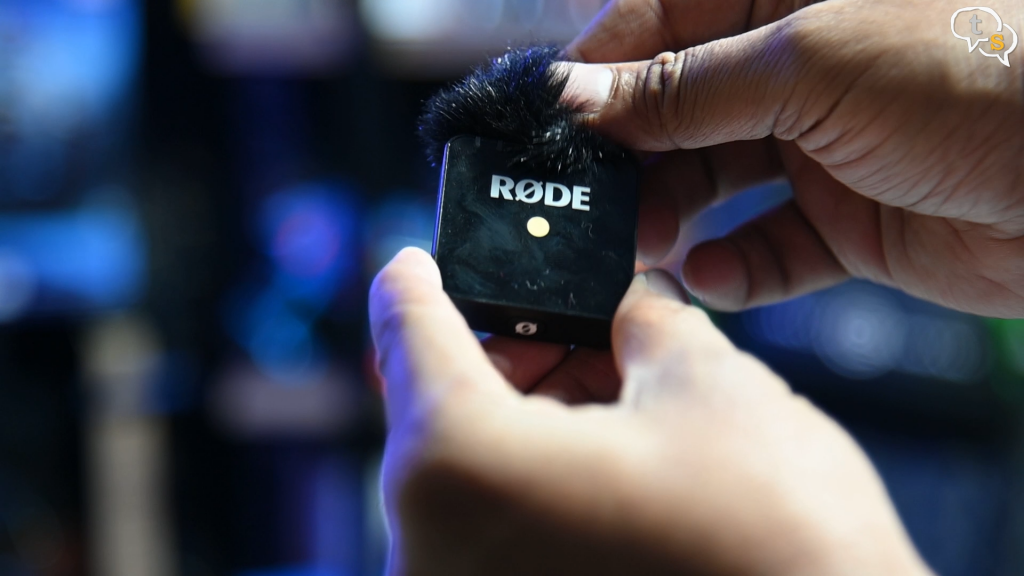
The furry windshields provided in the kits helps keep the pops and growls down in outdoor conditions. It clips on moderately easy, but we need to align the clips on both sides so that it has a good grip, else it will fall off easily. Takes a bit of practice, but it becomes second nature in a few hours.
The brightness of the receiver display can be reduced by pushing the power button once. This helps with conserving the battery. Not that the battery life is bad in anyway.
The wireless Go has internal lithium batteries, which when charged completely can run for 7 hours of continuous use.
I have not charged them yet, and a month later, and I still have 30% battery left. But I use them for YouTube videos, so I don’t record for long hours.
There are concerns by content creators that the batteries are non-replaceable, so the life of the product is limited as and when the batteries do die what would happen then?
The wireless go is designed with vloggers, and youtubers in mind, so an easy to set up, on the go solution is what they have provided. The small size makes it easy to carry around and the 7 hour battery life is awesome for a device so small.
The ability to use while being charged is also great, as we could power it with a small powerbank to extend its recording time. I’ve been using it in my videos for almost a month now, and I found the flexibility it provides, with me not requiring sitting in a certain spot or angle is a blessing.
I always have the receiver plugged into the camera, just power up, clip on the transmitter and shoot.
It sounds great, and the audio being part of the main camera audio, I don’t need to sync with a separate audio track anymore.
So, if you are looking for a moderately affordable wireless solution, which is small enough to be packed in your travel bag, great audio quality and has great battery life, the Rode wireless go ticks all the boxes.
If you have any questions do mail us at tech@talkingstuff.net or WhatsApp us at 9652578833.






